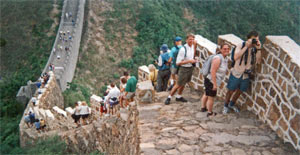
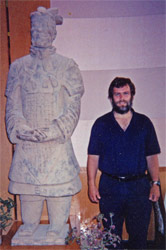

|
Around 2000 I visited Bejing and Xi'an and ran a half marathon on the great wall of China. |

|
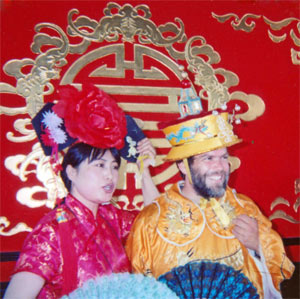
|
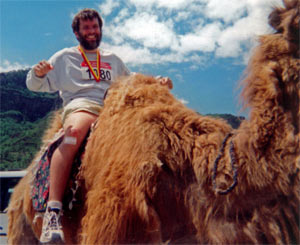 |

|
In April of 2002, I was in Xi'an China for 3 weeks to flight test a gas turbine engine (APU) on an MA60 commuter turboprop aircraft. |
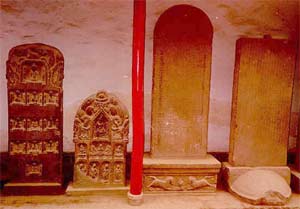
|
Forest of Steles While I was there, I visited the Forest of Steles, a Museum of Stone Tablets. In the west, we use stone tablets like this mostly as gravestones, but these stellae had various uses, some grave markers, some religious texts, some historical documents, and etcetera. The collection started in 1087 A.D. as part of an institution of higher learning, and contains tablets as old as the 3rd Century BC. |
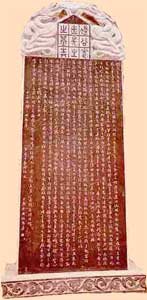
|
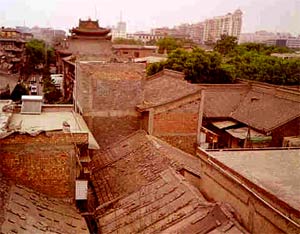
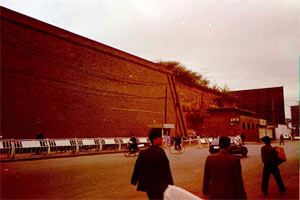
|
Xi'an City Wall One day, I walked all the way around the city following the old city wall. Some places one could walk atop the wall, other areas were closed. So there, I walked the old streets and shops, or parks, etc. |
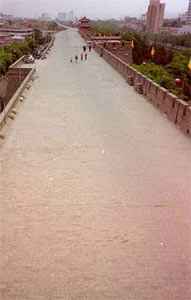
|
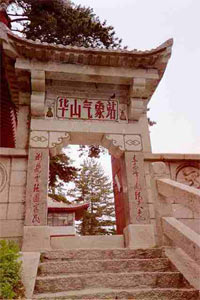
|
Hua Shan, a Sacred Mountain of China I went to climb all the peaks of Hua Shan, one of China's sacred mountains. I took a tourist bus to the base of the mountain, and then a gondola half way up. From the gondola, I could see several staircases chipped into the rock, with lots of people walking up the thousands of feet I was skipping in the gondola. All over the mountain, people were selling cheap brass padlocks, which I was much encouraged to buy by the other tourists. Grandmas, children, rich, poor, we all clung tightly to chain handrails as we climbed up steps chiseled into sheer granite cliffs. |
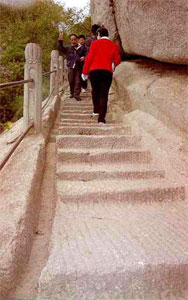
|
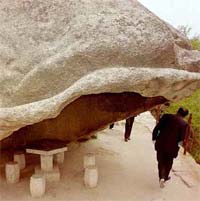
|
As I reached the first peak of Hua Shan, going through several old temples perched atop the narrow ridgeline, there was good visibility, and I could see far away the ground below, and out to the countryside beyond. Somewhere along the way, I snapped my lock on the chain handrails, which is supposed to be some kind of good luck. |
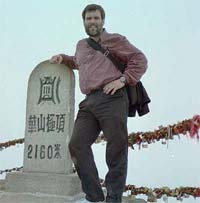
|
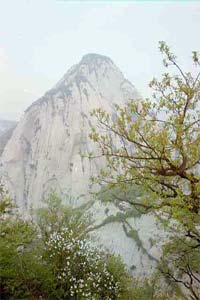
|
Later in the day, clouds enveloped the mountaintop, so I could only see 20 feet or so. I had been told that I had to climb all of the sacred peaks, but I couldn't really see to know where I was going. I figured that if I got to a point where I could not see any paths leading higher, and there was some kind of a fancy plaque, I must have been on one of the peaks. I ran out of new paths to take, so I hope I climbed them all, but I'll never know. There were also lots of ornate buildings and gates, etcetera. |
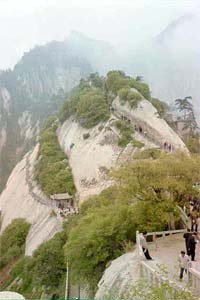
|

|
Some of the paths were pretty scary. There were giant crowds jammed along the especially scary parts. |
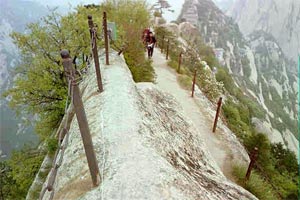
|
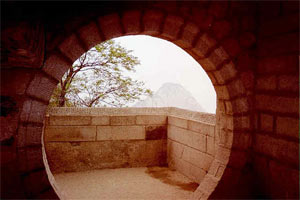
|
Monks have been living atop Hua Shan for millennia, carving the rocks and building gates, buildings, etcetera. |